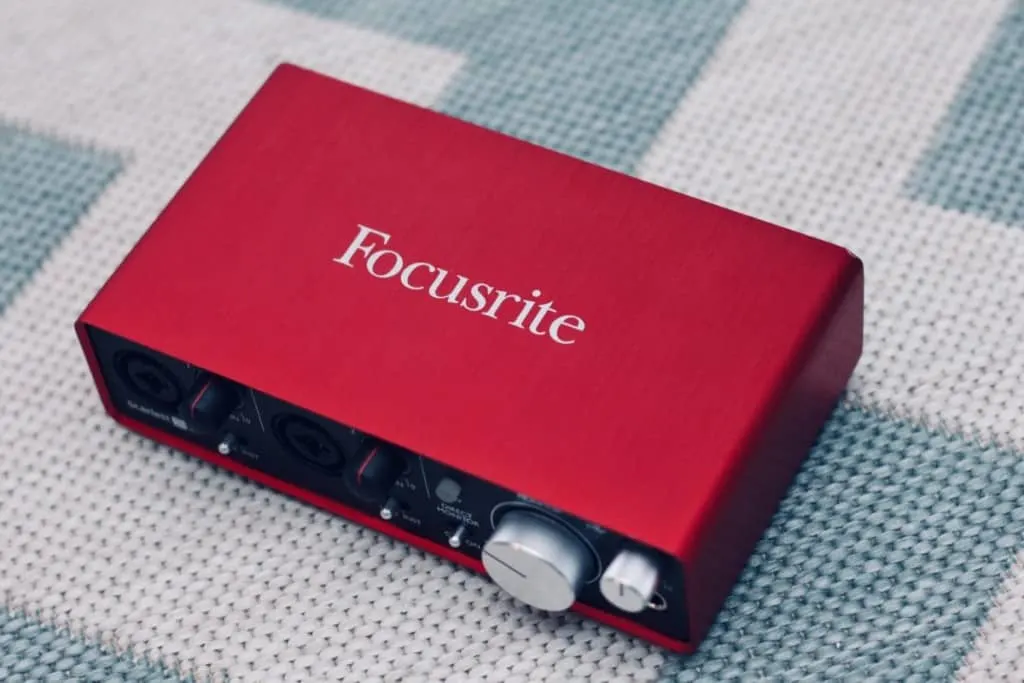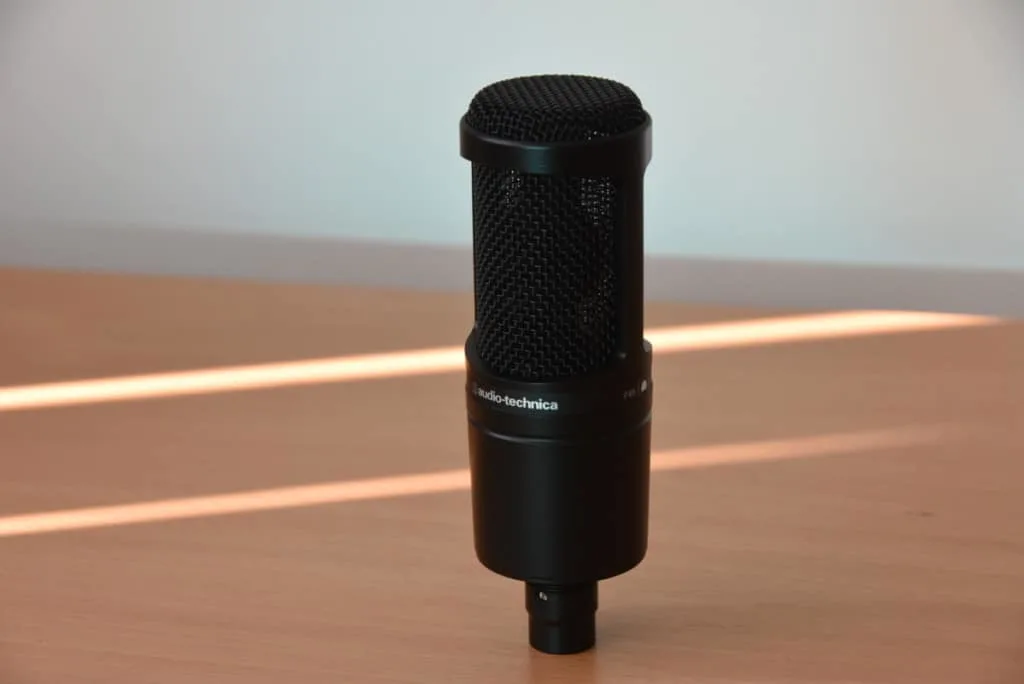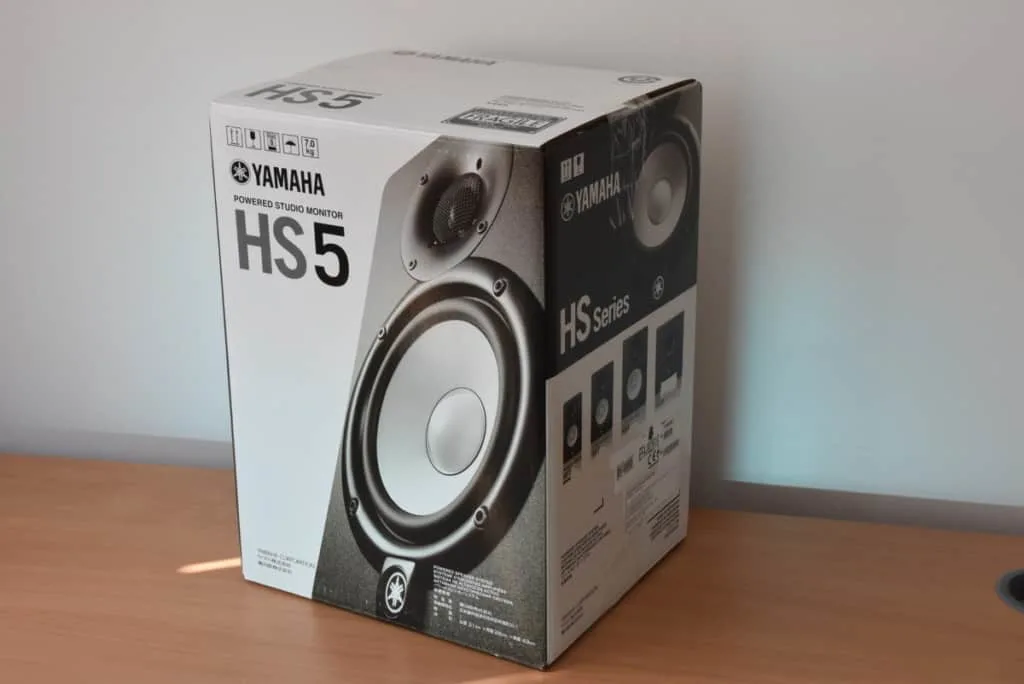The question ” Do You Need A Preamp To Record Vocals” is definitely one I get asked a lot from people who know I have my own recording studio at home.
I do not only record vocals with a preamp, I use them extensively for everything I do in my recording space. I’m going to go in detail through all the little secrets I’ve accumulated throughout the years during this article.
So “do you need a preamp to record vocals?”
You do need a preamp to record vocals. If you are recording music with an interface into your computer, chances are you are already using one. Most big brands add a microphone preamp to all XLR inputs of an audio interface. Hence, whenever you plug your mic into the interface, you are already using a preamp to get the signal’s volume up.
You can add an external preamp for different results and colors which are very interesting. These external preamps are not a must, though, just a welcome addition.
We are going to go through the different preamp types for recording vocals, different uses you can give them in the studio, and some of the major brands you should be looking at. Let’s get started.

Preamps For Recording Vocals
Before going to the question, “do you need a preamp?” I have to ask “do you know what a microphone preamp does?”
When recording vocals, you need to excite the signal level that comes from your microphone because it is too low. Microphones, even condensers with their phantom power, generate signal level that needs boosting.
You can read more about phantom power and why you need it in this article.
When you boost the signal from a volume point of view, what you are doing is simply lifting the overall volume and if there is any kind of noise in the background of the vocals or breathing or mouth noises, you’ll be lifting those as well.
When you do this with a preamp, the equalizers in the preamp will allow you to focus on the frequencies you want to boost instead of boosting the entire spectrum. This will give as a result a louder, cleaner and richer (in terms of gain) take, that you will be able to work on, noise-free, in the mixing process.
In this sense, there are some pieces of gear like for example analog and vintage studio equipment that colors the sound in such a beautiful and musical way that became legendary.
For example, the Neve console that was once a part of Sound City Studios where the Nirvana classic album Nevermind and countless other records were recorded was a custom order to the factory with a precise indication for preamps.
The result sounded so amazing that Dave Grohl himself bought it and made a movie about it. In this video, you can see him explaining what the Neve board represents. He is obviously speaking about the board’s preamps because, as you can imagine, it is not a piece of high-end technology.
Different Types Of Preamps Used For Recording Vocals
Okay, so we’ve been through what is a pr amp. Now we have to address the different types of preamps out there and what they work best for. Let’s go straight to it.
Solid-State Preamp For Vocals
If you are a musician who plays either guitar or bass, you probably already know the difference between solid-state and valve sounds. So how can you apply this knowledge to recording vocals?
- Solid-state preamps use technology that is a little more true to the original, keeping the signal unmodified but at a higher volume. Of course, there are many ways in which these preamps color the signal, most of them come equipped with an equalizer and a compressor but won’t have the immediate effect of pushing the mids and thickening the lows like a valve preamp would.
- Solid-state preamps are great for modern music styles and for voices that will go through further processing because the footprint of the preamp will be more subtle.
In the same vein, instruments that do not require a tight bass and you want to be closer to an opened-up version of the original will benefit greatly from a solid-state preamp. For example, when recording acoustic instruments, you can create a very true recreation of what they sound like in the room with some good, crystal-clear solid-state preamps.
Check out the Tascam DR 05X here on Amazon fro a great example of a solid-state preamp.
Tube Preamps For Vocals
This kind of preamp was the first-ever invented and is still in use today for many reasons. Among the characteristics of valve processing, the most interesting one for most people is the fact that you can create harmonic distortion (better known as overdrive) just by pushing the valves and let them do their thing.
A tube preamp also pushes mids and thickens the bass adding a lot of tonal characteristics to the original sound.
If we were to make a food analogy, tube preamps are like olive oil.
You can use it for whatever you want and everything you use it with will taste like olive oil.
With tube preamps this is exactly the same, you will distinguish the warmth of the valve tone and will immediately resemble something retro, old school, vintage regardless of what else is in the mix. This is why, when you use it on vocals, you have to know that it will bring the entire recording one or two steps into retro territory.
Are Valve Preamps Better Than Solid State When Recording Vocals?
The fact that we have to even answer this question cascades from hi-fi and guitar players to the audio world.
90% of people you ask about whether solid-state or valve preamps are better will answer valve preamps in a heartbeat.
When it comes to preamps and especially for vocals, this is not quite true. They apply to different types of production and music. You can do crossovers and utilize elements from one genre into another and do something new out of that mix. But for some music styles and instruments, valve technology destroys the sound.
On the other hand, some voices and instruments on solid-state preamps sound sterile and lacking. I would say that solid-state and valve are two very distinct sounds and that both are great depending on the project. When In doubt it’s always best to let your ears decide!

How Do You Connect A Preamp To An Audio Interface To Record Vocals?
Let’s say that you decided that you need a preamp and buy a beautiful, state of the art piece of gear.
It is important that you understand that you shouldn’t stack the preamps together. So, you have to plug it into the “Line in” inputs of the audio interface because those are the inputs dedicated to signal that has gone through a preamp already.
On the other hand, if you go through the pre amp inputs (usually labeled “mic input”), you’ll be stacking up those preamps and your vocals will sound distorted from the get-go. This will be a major headache because there is very little you can do about it in the mix afterward.
Priorities When Recording Vocals With A Preamp
This is one of the biggest rookie mistakes I see out there and when people ask: “do you need a preamp?” I always ask “what kind of vocal mic are you going to use for the session?” To put this idea down simply, do not buy a preamp if you don’t have a good microphone for your vocals.
The preamp will excite the signal and bring to the surface the tonal characteristics of the microphone and unless it is a good one, you will be bringing up a lot of things you don’t want like hissing noises and such.
So, consider the priorities in your budget: A good microphone should always come before anything else, particularly when recording vocals. You can then couple it with a killer preamp, but the sound source is always the most important.
That being said, if you have a good microphone and a good preamp, it might enhance the sound quality of your not-so-good microphones as well. Make sure you have at least one good vocal microphone before thinking of a preamp, though.

How To Choose A Preamp For Recording Vocals
Ok, the last stop of the tour is to ask yourself which preamp you want to add to your current studio rig. For this you need to be able to answer some questions:
· What kind of audio you want to achieve?
· What is the budget?
· Where will it go?
· How many inputs/outputs do you need? What kind of audio do you want to achieve?
If you want to achieve a warmer, vintage, rocker tone, you want to go for a valve preamp or at least one that has valve emulation. On the other hand, to give it a more transparent boost to the signal, you should go for a solid-state preamp.
What Is The Budget For Your Preamp?
Below is a great video that goes through 15 different budget vocal preamps for you to choose from. You will get detailed info and insights on each.
Where will it go? Space is important. If it will sit on your desk, then you need a desktop preamp. On the other hand, if it is going to be part of a rack system, then you might go ahead and get a rack unit.
How many inputs/outputs do you need?
If it’s your own home studio and you are not expecting to record any live drums, then going for a 1, 2, or 4 channel option is the best. On the other hand, if you will be setting up microphones on a drum kit, you need at least 8.
Recording Vocals Conclusion
The answer to the question “do you need a preamp to record vocals?” proved to be a little more complex than it might look at the beginning. The tricky part is that the real question is about what you are trying to achieve with the preamp.
If you are recording a lot of vocals, then you can save on the number of inputs and outputs and buy a solid-state and a valve one to accommodate all future projects.
A good preamp will always improve the sound of your recordings. It shouldn’t come before purchasing a great microphone, a great audio interface, and some great monitors, like the Yamaha HS5 in your budget though.

Take a look at my article on microphone volume right here to enhance your recording knowledge.
Happy recording!
